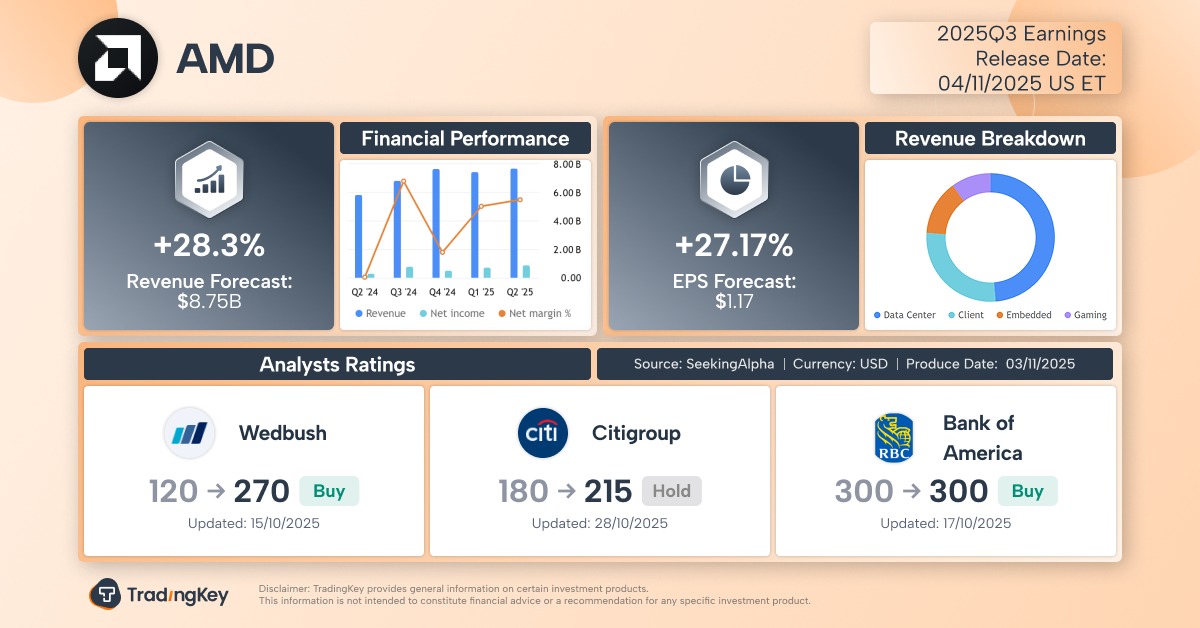Asia stocks retreat from record highs on profit taking; US dollar gains

- Tech drives initial rally, but stock traders cautious after weak US data
- Divergent views among Fed officials clouds outlook for December rate cut
- RBA refrains from rate cut, as widely expected
By Kevin Buckland
TOKYO, Nov 4 (Reuters) - Asian stock markets from Tokyo to Taipei and Seoul retreated from all-time highs on Tuesday, with investors booking profits following strong tech-led rallies over recent weeks.
Sentiment was saddled with some weakness in U.S. economic data, while a divergence in views from Federal Reserve officials clouded the outlook for a December interest rate cut.
The U.S. dollar rose to a nearly nine-month peak versus the yen, as well as a three-month high against the euro.
Australia's central bank kept rate cut hopes alive by saying part of last month's inflation shock was due to temporary factors, knocking the Australian dollar lower and helping stocks pare declines.
Overnight, a rally in U.S. tech shares buoyed both the U.S. S&P 500 .SPX and Nasdaq .IXIC, though futures pointed to declines of 0.3% ESCv1 and 0.5% NQc1, respectively.
Rodrigo Catril, senior FX strategist at NAB, said the overall theme for markets continues to be "tech stocks powering Wall Street higher, even as broader market sentiment remained cautious."
"U.S. economic activity is a story of two contrasting dynamics: An AI boom led by big tech, and a struggling manufacturing sector marred in tariff uncertainty and higher costs."
Japan's Nikkei .N225 added 0.4% to reach a record-high 52,636.87, though it later retreated 0.4%.
Taiwan's TAIEX .TWII initially gained as much as 0.8% to set its own record high before sliding 0.3%.
South Korea's KOSPI .KS11 tumbled 1.7% following a 2.8% surge on Monday, when it reached an all-time peak.
Hong Kong's Hang Seng .HSI added 0.2%, but onshore-listed Chinese blue chips .CSI300 eased 0.4%.
Australia's stock benchmark .AXJO lost 0.7%, though it was earlier down as much as 0.9%.
The Reserve Bank of Australia left rates unchanged on Tuesday as expected, saying it was cautious about easing further given higher core inflation, firmer consumer demand and a revival in the housing market.
At the same time, it said "the board's judgment is that some of the increase in underlying inflation in the September quarter was due to temporary factors."
The Aussie dollar AUD= initially dipped as much as 0.3% before paring most of that to be 0.1% lower at $0.6531.
The U.S. dollar was broadly stronger with traders reducing bets on near-term Fed easing, while U.S. Treasury yields hovered close to three-week highs.
The currency JPY= rose 0.2% to touch 154.48 yen for the first time since February 13.
The euro EUR= dipped 0.2% to $1.1498 for the first time since August 1.
The U.S. dollar index =USD, which measures the currency against the euro, yen and four other peers, topped 100 for the first time in three months.
On Monday, Fed officials expressed competing views of where the economy stands and the risks facing it, with official economic data still suspended due to the federal government shutdown.
Fed Governor Stephen Miran restated the case for deep rate cuts, while Chicago Fed President Austan Goolsbee said he was leery of further reductions while inflation remained significantly above the central bank's 2% target.
The Fed lowered rates last week but Chair Jerome Powell suggested that might have been the last cut of the year.
On Monday, accounts from manufacturers in the private Institute for Supply Management survey painted a dire picture of the factory sector, showing U.S. manufacturing contracted for an eighth straight month in October as new orders remained subdued.
Traders are now pricing in a 65% chance of a rate cut in December, compared with 94% a week earlier, CME FedWatch showed.
"There was quite a bit of doubt cast on the likelihood of a follow-up December rate cut," said Shaun Osborne, chief currency strategist at Scotiabank.
"I don't recall, in all the years of watching these markets, public division among Fed policymakers as significant as this on the policy outlook."
Gold XAU= slipped 0.3% to around $3,990 per ounce and was trying to find its footing following a sharp retreat from a record high in mid-September.
Crude oil prices were slightly lower as markets continued to weigh OPEC+'s decision to pause output increases in the first quarter, even as concerns over a looming supply glut persisted.
Brent crude futures LCOc1 edged down 0.2% to $64.75 a barrel and U.S. West Texas Intermediate crude CLc1 was off 0.2% at $60.92 a barrel.







